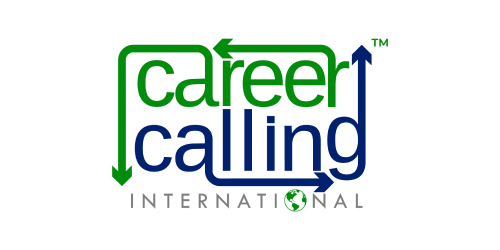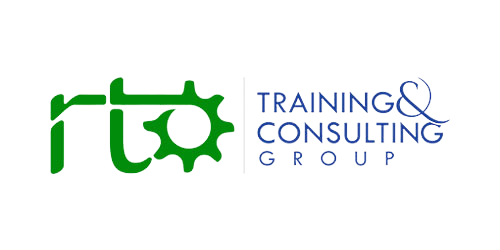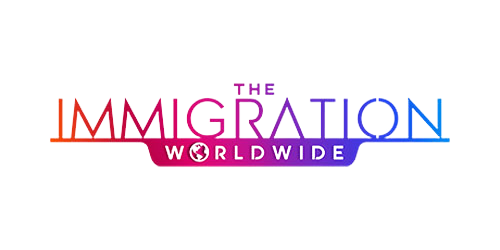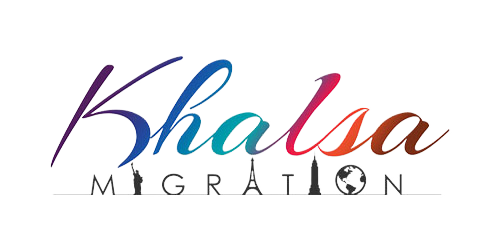Why this year’s theme matters
World Mental Health Day, observed every 10 October, has grown into a global movement for both awareness and action. For 2025, the official theme—mental health in humanitarian emergencies—pushes the conversation beyond individual coping to the collective obligations that arise when communities face conflict, disaster, displacement, or pandemics. The focus is not only on staying connected, but on building the conditions for belonging, support, and equitable access to care when life becomes uncertain. In practice, that means pairing compassionate community action with reliable services, trauma-informed supports, and policies that ensure no one is left behind when systems are strained.
The state of mental health: what the data is telling us
Across crisis settings worldwide, an estimated one in five people will live with a mental health condition at any given time. In Australia more broadly, nearly one in two adults will experience a common mental health condition across their lifetime. These figures reflect both the ubiquity of distress and the opportunity we have to respond earlier and better.
Loneliness is a significant driver. More than five million Australians report feeling lonely regularly, a burden that correlates strongly with depression, anxiety, and poorer physical health. Community initiatives that prioritise belonging are showing measurable gains; national campaigns centred on neighbourliness and everyday connection report clear improvements in participants’ wellbeing, with strong proportions describing better mental health after sustained involvement.
Work and study environments remain a decisive factor. Burnout, workplace anxiety, and chronic imbalance between effort and recovery are widely reported. Nearly half of workers say they experience at least one sign of burnout each week. The organisations that fare best are those that move past slogans to integrated wellbeing: psychologically safe teams, manageable workloads, flexible arrangements, visible use of leave, and trained peer support—not just on paper but in daily practice.
Access to care is the fault line exposed most starkly in emergencies. The global picture is sobering: during humanitarian crises, the majority of people with significant mental health needs may go without support due to overwhelmed systems, thin funding, and disrupted services. Australia’s policy emphasis for 2025 rightly blends strengthened formal care pathways with practical, community-level actions that foster early intervention, social support, and resilience.
Lifestyle remains part of the foundation. Emerging research continues to associate nutrition, physical activity, rest, and natural light with mood stability, cognitive performance, and long-term resilience. Regular meals rich in whole foods, fibre, and healthy fats, alongside consistent sleep and movement, are simple, powerful buffers—especially when stress is elevated.
Connection as protective infrastructure
“Connect with your community” has become more than a tagline; it is a public-health strategy. Community, in this sense, is any relationship or place—at home, at work, in school, online—where people feel safe, seen, and valued. Small behaviours compound: an attentive conversation without a phone on the table; a routine walking group; peer check-ins that ask “How are we doing?” rather than “Are you coping?” These acts are deceptively modest, but their cumulative effect outperforms solitary self-care alone. Connection amplifies individual resilience and distributes the load across a network.
This is especially true for communities whose well-being is shaped by culture, history, and identity. Culturally safe supports for First Nations peoples, tailored pathways for migrants and refugees, and spaces that recognise “third identity” experiences all improve trust and uptake. When services reflect the languages, traditions, and lived realities of the people they serve, help is not only available—it is acceptable.
What employers and leaders can do differently?
Integration beats initiatives. The most effective employers are embedding mental health into everyday systems and decisions rather than treating it as an annual campaign. That means designing workload and rostering to reduce chronic overreach, limiting back-to-back meetings, and making recovery time visible and legitimate. It also means training leaders to model calm and boundaries, intervening early when warning signs appear, and measuring what matters—psychological safety, leave utilisation, after-hours email volume, and support uptake—alongside output metrics.
Crucially, leaders set the emotional tone. A manager who listens with full attention, names trade-offs honestly, and normalises help-seeking does more to reduce team anxiety than any wellbeing app. In high-stress periods and emergency responses, leaders who are trauma-informed—able to recognise the signs of distress, avoid re-traumatisation, and connect people to appropriate care—create a safer, steadier container for the work.
Practical ways to make a connection real
The most reliable gains come from ordinary, repeatable practices rather than grand gestures. Begin with rhythm: a device-free family meal, a standing check-in with a colleague, a weekly neighbourhood activity, or ten minutes outdoors most mornings. In classrooms and training environments, open sessions with a settling ritual—two minutes of breathing, a brief check-in question—and offer multiple modes of participation so quieter voices are not lost. In teams, protect short buffers between meetings and end at forty-five minutes by default to give people space to reset.
When conversations turn difficult, you do not need the perfect script. Make a genuine invitation—“You’ve seemed a bit quieter; how are you really?”—and tolerate pauses. Resist the impulse to fix. If someone mentions self-harm or feeling unsafe, take it seriously, stay with them, and involve professional help. You won’t make things worse by asking; you might be the reason someone feels able to keep going.
Humanitarian emergencies: meeting need at scale
The 2025 theme compels us to think systemically. During fires, floods, heatwaves, outbreaks, or displacement, distress is not an exception—it is expected. The right mix of supports includes immediate psychological first aid, culturally informed outreach, clear information delivered in multiple languages, and rapid pathways to specialist care for those at higher risk. It also includes practical help—food, shelter, reconnection with family—that often does more to reduce distress than counselling alone.
Preparedness matters. Training local leaders and volunteers before a crisis, mapping community assets, and rehearsing referral pathways make a tangible difference when pressure rises. Equally important is continuity: as the news cycle moves on, sustained funding for medium- and long-term mental health care is what prevents acute stress reactions from consolidating into chronic conditions.
Making help easy to reach
Support maps should be visible and simple to use. In Australia, 24/7 services include Lifeline on 13 11 14, Beyond Blue on 1300 22 4636, 13YARN for Aboriginal and Torres Strait Islander peoples on 13 92 76, Kids Helpline on 1800 55 1800, the Suicide Call Back Service on 1300 659 467, MensLine Australia on 1300 78 99 78, and walk-in Medicare-funded mental health centres accessible via 1800 595 212. Workplaces can demystify Employee Assistance Programs by explaining confidentiality, typical wait times, and what a first conversation is like. The more concrete and familiar the pathway, the more likely people are to use it early.
From individual to ecosystem
The future of mental health care is integration, not isolation. Awareness campaigns opened the door; now the work is redesigning the rooms—policies, timetables, workloads, curricula, funding models—so the healthy choice is the default rather than the exception. That includes sustained investment in services, targeted supports for crisis-affected groups, and research-driven prevention. It also includes a cultural shift: replacing the myth of heroic self-reliance with the reality that wellbeing is co-created.
What you can do today—and again tomorrow
Choose one behaviour you can repeat on your worst day. Send a check-in message to someone who might be struggling. Eat a simple, nourishing meal without a screen. Step outside and feel the morning light. End your next meeting five minutes early and ask a human question. Map your local supports and share them with your team or class. Small, reliable acts are how communities become resilient and how awareness becomes the architecture of care.
World Mental Health Day in 2025 is a rallying point, but the aim is permanence: to make mental health a shared priority embedded in everyday systems, especially when adversity strikes. The combination of connection, access, and culturally safe, trauma-informed support is not a luxury—it is essential infrastructure for a fair and flourishing society. When we organise our workplaces, schools, services, and neighbourhoods around that truth, we do more than raise awareness. We build belonging. And belonging is what helps people heal.


































